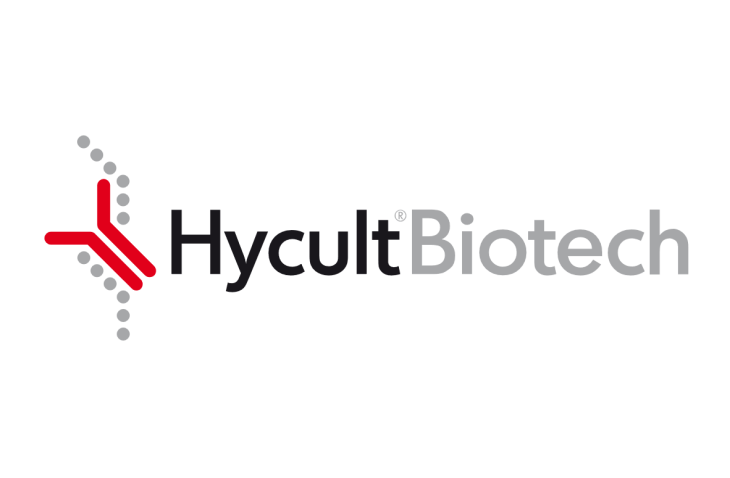-
Research area
- Biochemicals
- Blood and Biospecimens
- Cell biology
- Environmental
- Flow Cytometry
- Forensic Science
- Genomics
- Immunology
- Labware
- Microbiology
- Pathology
- Transplantation
429 Too Many Requests 429 Too Many Requests
nginx - Suppliers
- About us
- Resources
- Events
- Support
- Lab Services
- Promotions
Product description
Antibody F1-4 recognizes a unique epitope exclusively present on human complement C3c. The complement system mediates a number of essential biological functions that participate in host defense against infection, initiation of the inflammatory reaction, processing and clearance of immune complexes and regulation of the immune response. There are three pathways of complement activation: the classical pathway is initiated by immune complexes, the lectin pathway by surface bound mannan binding lectin and the alternative pathway by all the surfaces that are not specifically protected against it. Each of the complement pathway generates a C3 convertase, a serine protease that cleaves the central complement protein C3, and generates the major cleavage fragment C3b. C3b is an opsonin and part of one of the main convertases that drives the complement cascade. In the presence of complement regulatory molecules C3b may be further degraded sequentially to iC3b, C3c, C3dg and C3d. The disadvantage of most complement biomarkers is their short half-life, making reliable sample collection and measurements difficult. Unlike other C3 fragments, C3c does not bind to other structures, like pathogens, cell surface (receptors) and other plasma proteins. Therefore, C3c is a stable complement biomarker which will appear in the fluid phase only, without interference of other C3 based products. The measurement of C3c provides evidence of (uncontrolled) complement activation and can be used as an indicator of an inflammatory state. The complement is a key element of the innate immune system. In appropriate activation is pathologic and leads eg. To various autoimmune diseases, like HUS. There are also indications that C3 is associated with the cardiovascular system and Parkinson€™s disease, making C3c a reliable and useful biomarker. Antibody F1-4 only reacts with C3c and does not cross-react with other C3 fragments. The antibody can be used in ELISA, western blotting and immunoprecipitation.
Specifications
Applications
IP, WB, ELISA
Isotype
Mouse IgG1
Supplier
Hycult Biotech
Shipping & storage
Shipping condition
Room Temperature
Storage temperature
2-8°C
Do you have any questions about this product?
Order your product by email
Productname
C3c, Human, mAb F1-4
HM2318-100UG
By filling out this form, you are placing an order by e-mail. You will receive an order confirmation within one working day. The order cannot be modified after receipt of the order confirmation.
Request a sample
Productname
C3c, Human, mAb F1-4
HM2318-100UG
By filling out this form, you request a sample. You will receive an order confirmation within one working day. The order cannot be modified after receipt of the order confirmation.
Are you looking for specific products, alternatives or documentation?











